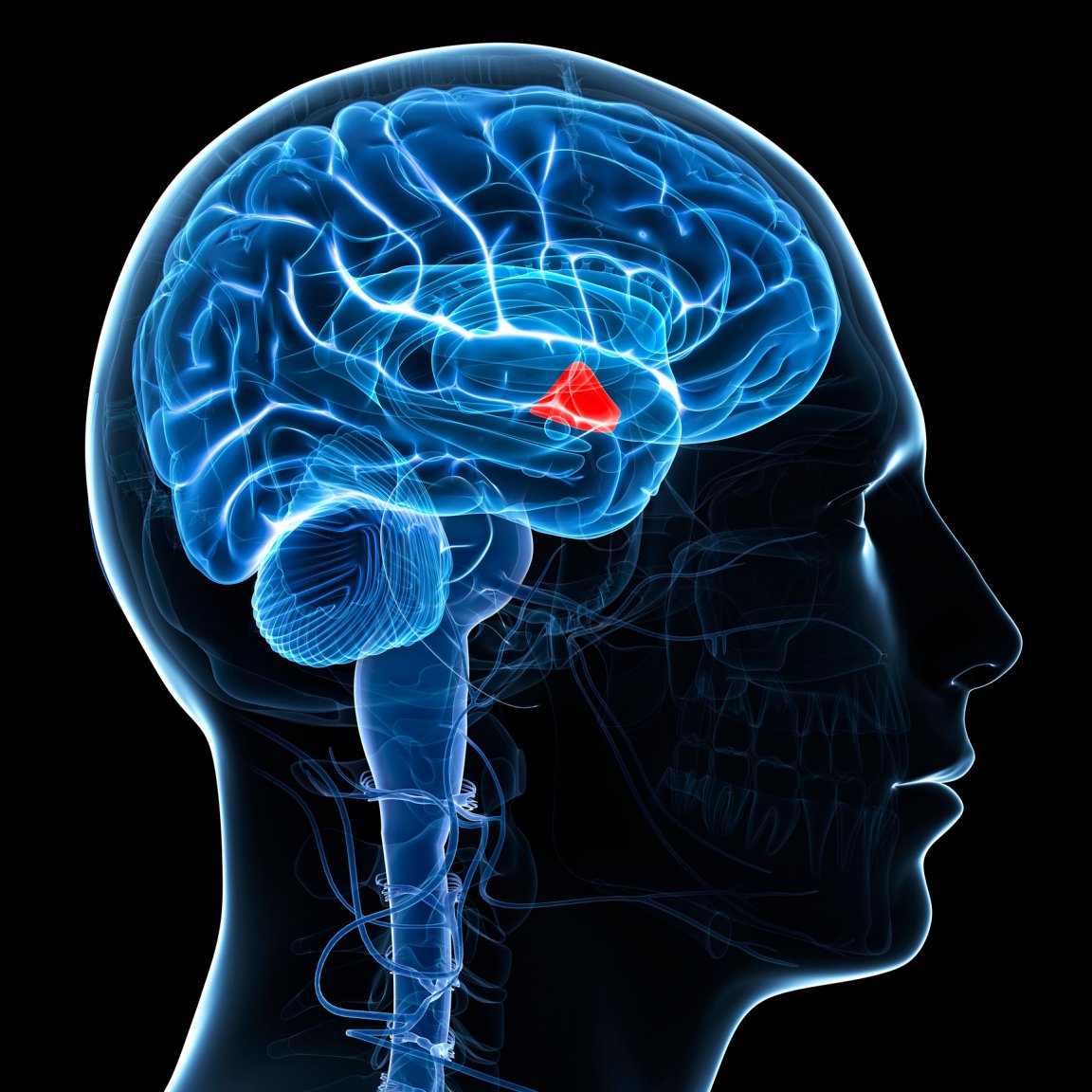
Hypothalamic Stem Cells
The hypothalamus is the region of the brain that helps to regulate internal conditions like body temperature and blood concentration, but new research shows that it may fail us as we age. The research indicates that as the hypothalamus’s stem cells die off, the region actually starts to promote aging, causing mental and physical faculties to decline at a more rapid pace.
In the past, researchers have observed that the hypothalamus becomes inflamed over time. This lead them to posit that the area is connected to aging. Recent research on mice proved that reversing the inflammation in the hypothalamus increases the animal’s life span and slows physical deterioration. In this latest study, scientists focused on the stem cells of the hypothalamus. In younger animals, these stem cells divide and replace damaged and dead cells. However, as this research shows, over time the number of stem cells present in the hypothalamus drops. In old age, they are essentially gone.
The team believed they were on to something, but undertook some practical experiments to see if their ideas were borne out by the evidence. First, they altered mice genetically to ensure they’d be out of stem cells (at a point earlier than would occur naturally). Reducing the stem cells in the mice by around 70 percent meant a life span that was about 8 percent shorter. This accelerated loss of stem cells also caused a loss of coordination, endurance, and memory, as well as behavior that was less youthful, curious, and social. When the team injected stem cells into the hypothalami of middle-aged mice, those mice gained about about 10 percent more mental and physical capabilities compared to mice injected with regular brain cells.
Right Area, Different Mechanism
Originally, scientists believed that the stem cell loss could be significant because it meant the host was unable to repair and replace damaged and dead cells. However, when the hypothalami of middle-aged mice were injected with stem cells, they improved too rapidly for this to be the correct mechanism. Instead, the team suspected microRNAs might be at work.
The RNA molecules, called microRNAs, are manufactured and released by stem cells to carry messages to other cells. Practically, based on the messages they carry, microRNAs may alter the proteins cells produce. The researchers discovered that the stem cells in the hypothalamus produce massive amounts of microRNAs contained in tiny exosomes. In fact, when they injected mice with exosomes packed with microRNA from young hypothalamus stem cells, the effects were almost as effective in slowing signs of mental and physical aging as injections of stem cells were.
Recent research has focused on the role of mitochondria in aging and on the use of induced pluripotent stem (iPS) cells in combatting aging in hematopoietic stem cells. Research from this year has also shown that cannabis-based treatment appears to reverse aging in the brains of mice. Concerning this research, protecting or replacing the stem cells of the hypothalamus — or somehow reinforcing or replacing the microRNA effects — could slow aging in humans. This could mean testing current drugs such as acarbose (presently used to treat diabetes) to see if they can suppress the hypothalamic inflammation that causes the stem cells to die.